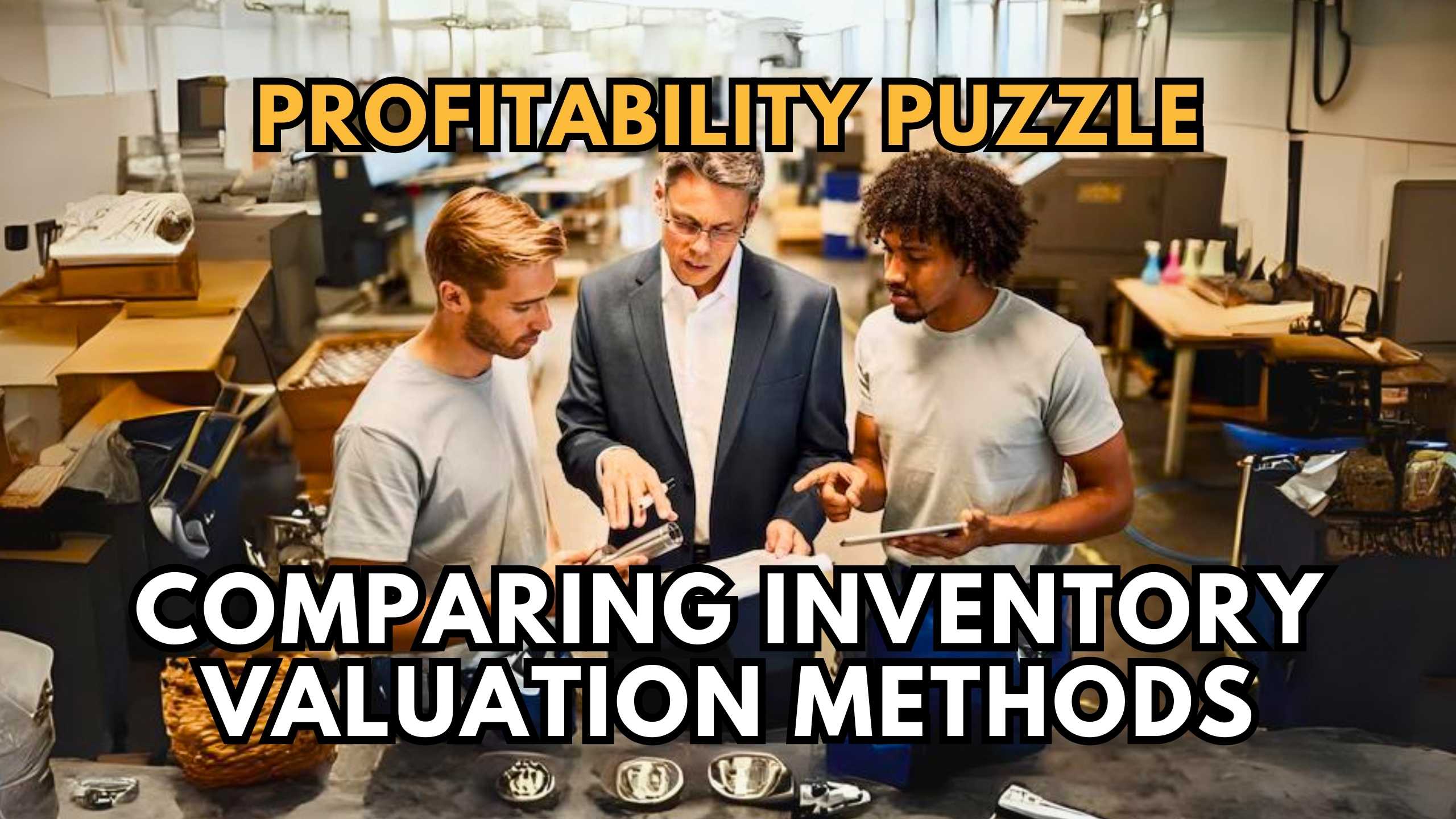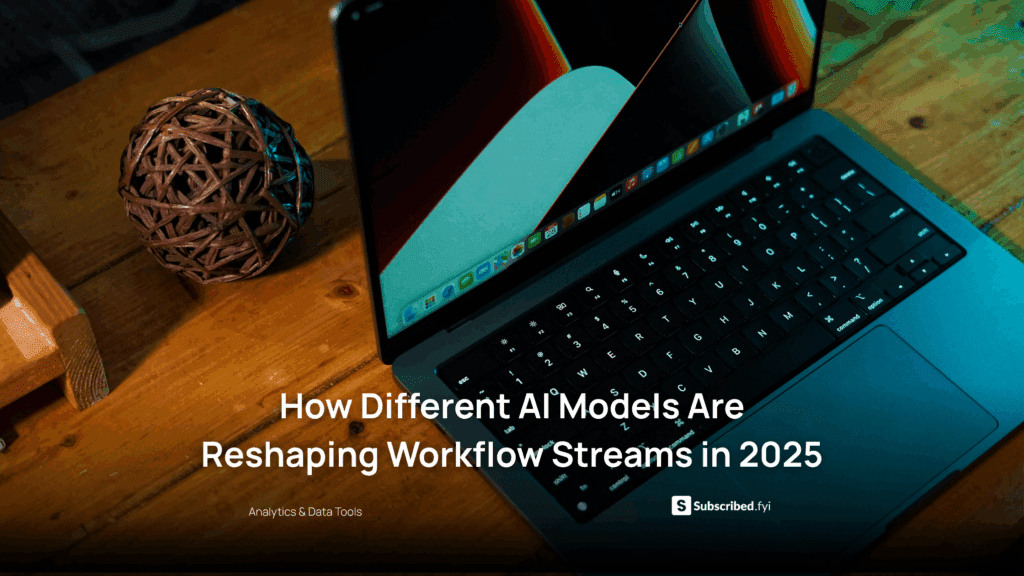Profitability Puzzle: Comparing Inventory Valuation Methods
- Expense Management Software Credit Cards Investing Business Solutions


Profitability Puzzle: Comparing Inventory Valuation Methods
Efficient inventory valuation is a critical component of financial management, impacting a company’s profitability and financial statements. In this comprehensive guide, we will delve into various inventory valuation methods, comparing their pros and cons to help businesses make informed decisions about their financial strategies.
Understanding Inventory Valuation
FIFO (First-In, First-Out)
FIFO assumes that the oldest inventory items are sold first. For businesses dealing with perishable goods or products with a short shelf life, FIFO tends to provide a more accurate representation of the cost of goods sold (COGS). Consider a scenario where a bakery utilizes FIFO; the cost of the first batch of freshly baked goods is matched with revenue, reflecting the actual production cost.
LIFO (Last-In, First-Out)
Conversely, LIFO assumes that the newest inventory items are sold first. While LIFO may not represent the physical flow of goods, it can be advantageous in times of inflation. For instance, in a scenario where a retail store adopts LIFO during inflationary periods, the higher cost of recent inventory is matched with revenue, potentially reducing taxable income.
Weighted Average Cost
The weighted average cost method calculates the average cost of all units in inventory, considering both old and new inventory. This method provides a simplified approach, especially for businesses dealing with homogeneous products. Imagine a hardware store utilizing weighted average cost; the average cost of all hammers in stock is used to determine COGS, providing a balanced representation of inventory value.
Evaluating Profitability Impacts
Tax Implications
The choice of inventory valuation method directly impacts taxable income. For businesses aiming to minimize tax liabilities, LIFO might be preferred during periods of inflation, as it matches higher-cost items with revenue, potentially lowering taxable income.
Financial Statement Accuracy
Accurate financial statements are crucial for stakeholders, investors, and internal decision-making. FIFO often aligns more closely with the physical flow of goods, providing a more accurate representation of current costs in the financial statements. This accuracy aids in informed decision-making and builds trust with stakeholders.
Operational Considerations
Different industries and business models may favor specific inventory valuation methods based on their operational needs. For instance, a technology company producing electronic gadgets with short product life cycles may find FIFO more suitable to accurately reflect the cost of production.
Strategic Decision-Making
Industry Best Practices
Consider industry best practices when selecting an inventory valuation method. Research how similar businesses in your industry manage their inventory valuation, as adopting methods widely accepted in your sector may provide benchmark advantages.
Future Forecasting
Evaluate future market conditions and economic trends when choosing an inventory valuation method. If inflation is anticipated, businesses might opt for LIFO to potentially lower taxable income. Conversely, during periods of stability, FIFO might be a more straightforward and accurate choice.
Recommended Saas Products:
- QuickBooks: QuickBooks is a comprehensive accounting software designed for small and medium-sized businesses. It simplifies financial management, offering features like invoicing, expense tracking, and tax preparation, making it an ideal solution for businesses seeking efficient and user-friendly accounting tools.
- Xero: Xero is a cloud-based accounting software known for its accessibility and collaboration features. With capabilities such as bank reconciliation, invoicing, and payroll management, Xero caters to businesses looking for a flexible and collaborative accounting solution.
- SAP ERP: SAP ERP is an enterprise resource planning software that integrates various business processes. From finance and human resources to supply chain management, SAP ERP provides a centralized solution for large enterprises aiming to streamline operations and enhance efficiency.
- Oracle NetSuite: Oracle NetSuite is a cloud-based suite of business management applications. It encompasses ERP, financials, CRM, and e-commerce, offering a unified platform for businesses looking to integrate and streamline their core processes.
- Zoho Inventory: Zoho Inventory is a cloud-based inventory management solution suitable for businesses of all sizes. It provides features like order management, inventory tracking, and multichannel selling, making it an efficient choice for organizations seeking a robust inventory management system.
Conclusion
In conclusion, the choice of inventory valuation method is a complex decision that requires careful consideration of various factors. While FIFO, LIFO, and weighted average cost each have their merits, the selection should align with a company’s operational needs, industry standards, and financial goals.
Optimize Your Financial Strategy with Subscribed.fyi!
Ready to streamline your financial management and make informed decisions about your SaaS tools? Sign up for free at Subscribed.fyi to access exclusive deals on a variety of SaaS tools. Manage all your subscriptions in one place, gain insights, and unlock savings to enhance your financial strategy. Your all-in-one solution for SaaS stack management is just a click away!
Relevant Links:





